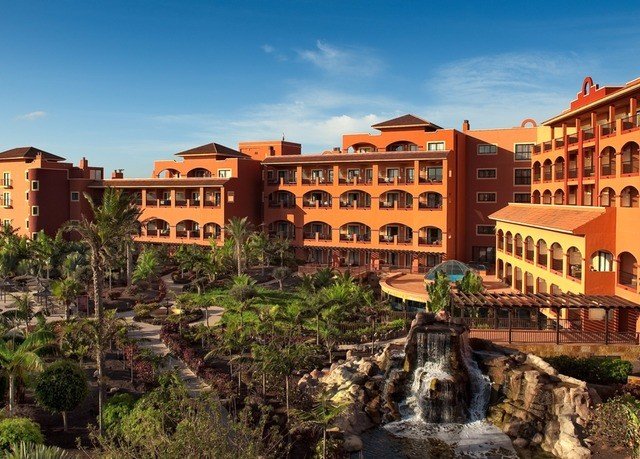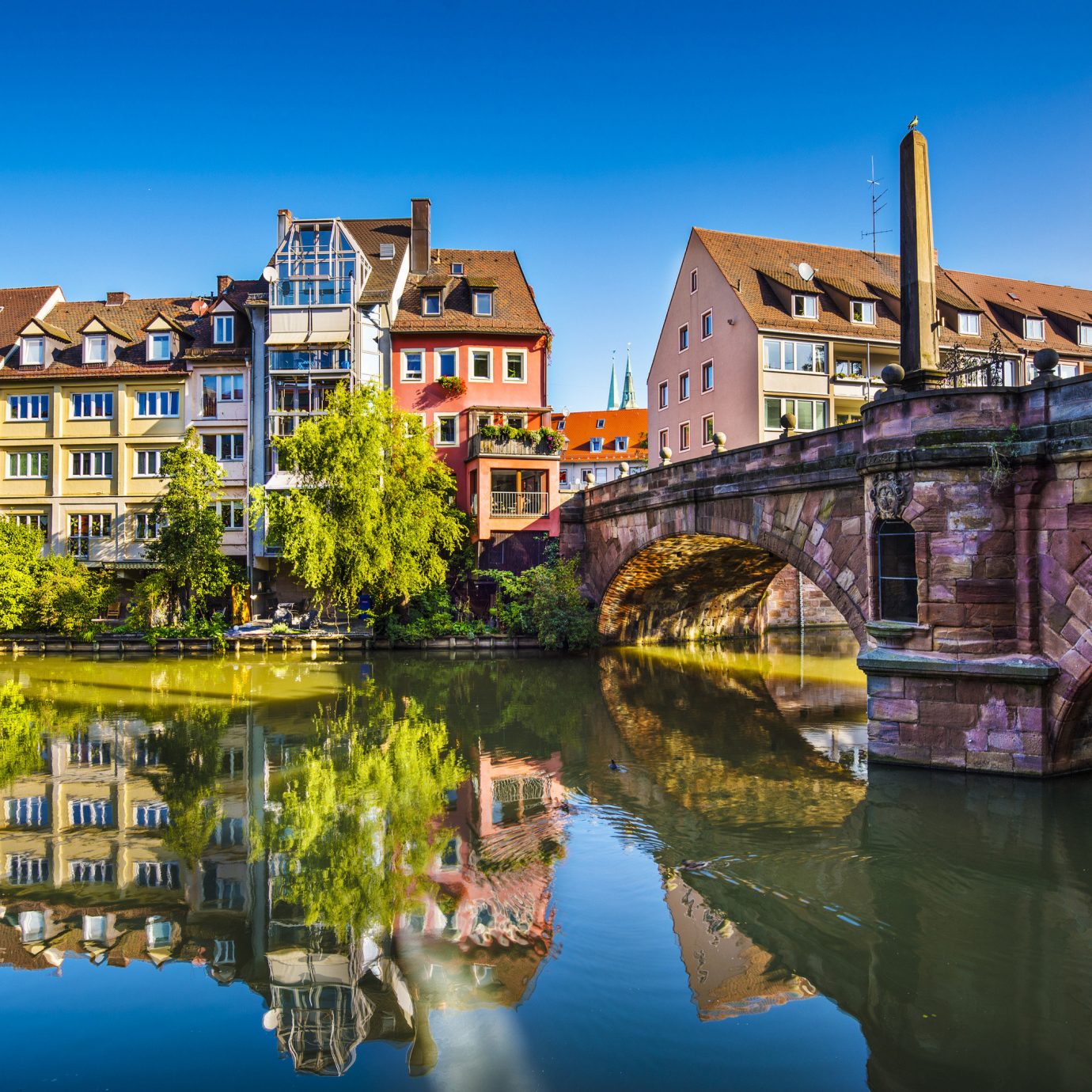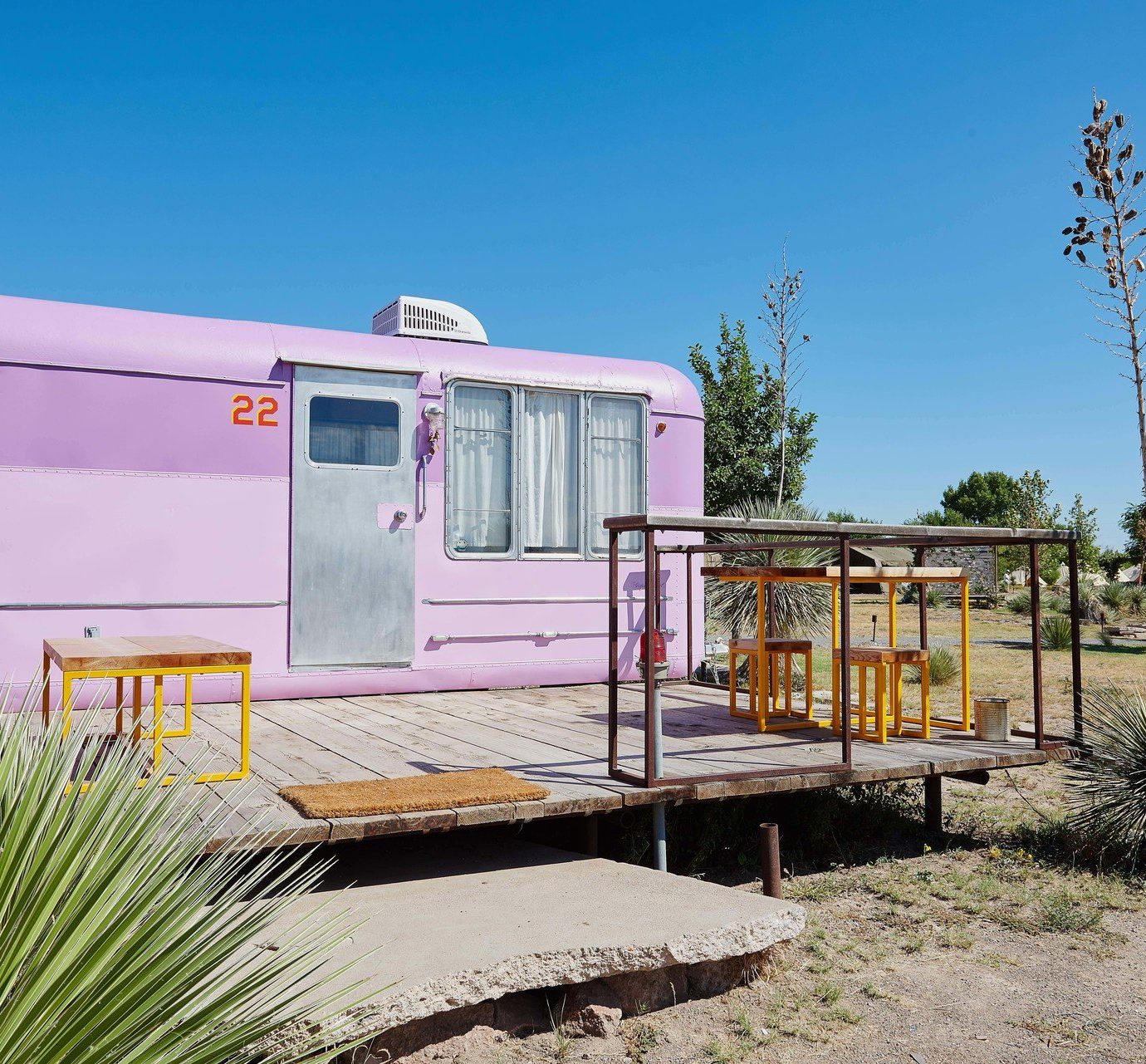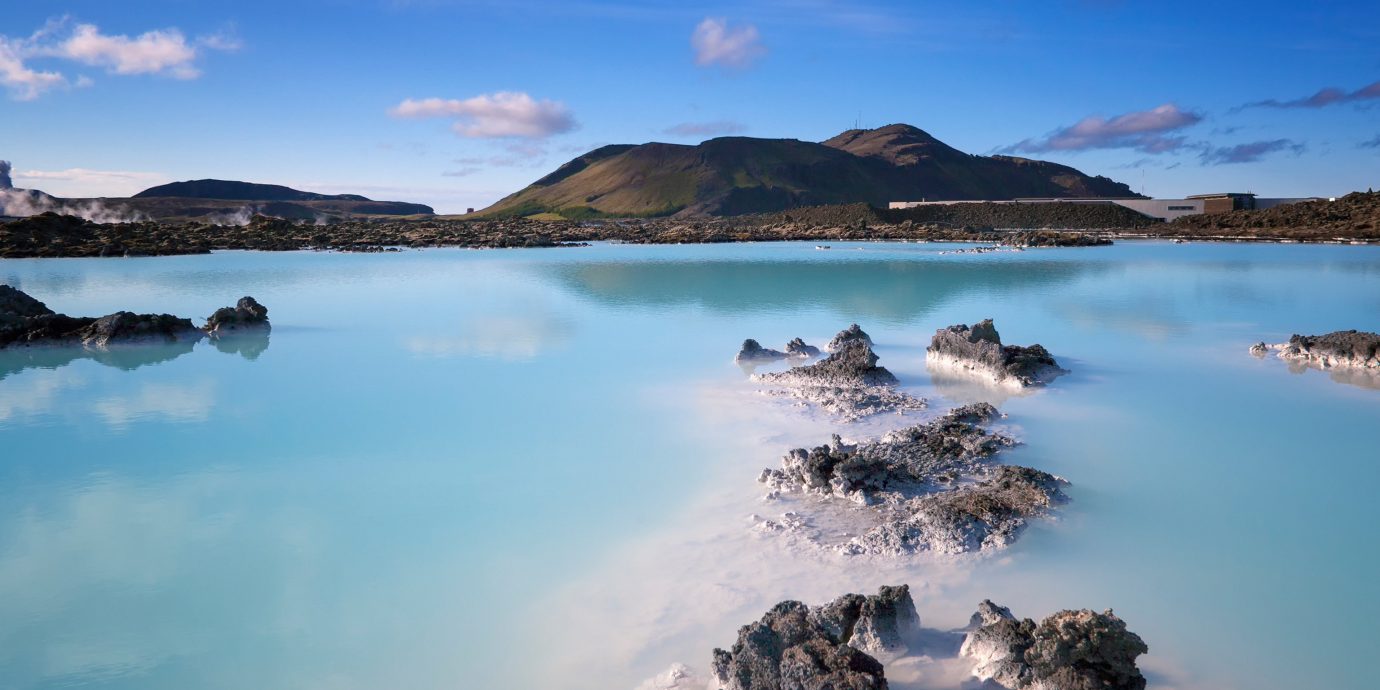
The Best Time to Visit Iceland: A Season by Season Breakdown
Iceland has a lot of scenic beauty to offer visitors, and unlike many of Europe’s other northerly countries, there’s no better or worse season to visit. After all, weather in Iceland is notoriously unpredictable—to the point where you might catch a full year's worth of seasons in just one day—so it's best to add plenty of leeway to your itinerary or at least build in a back-up plan. Tailoring the prime time for your trip simply means figuring what's on the top of your must-see list. Here, a rundown of the best things to do in each season.
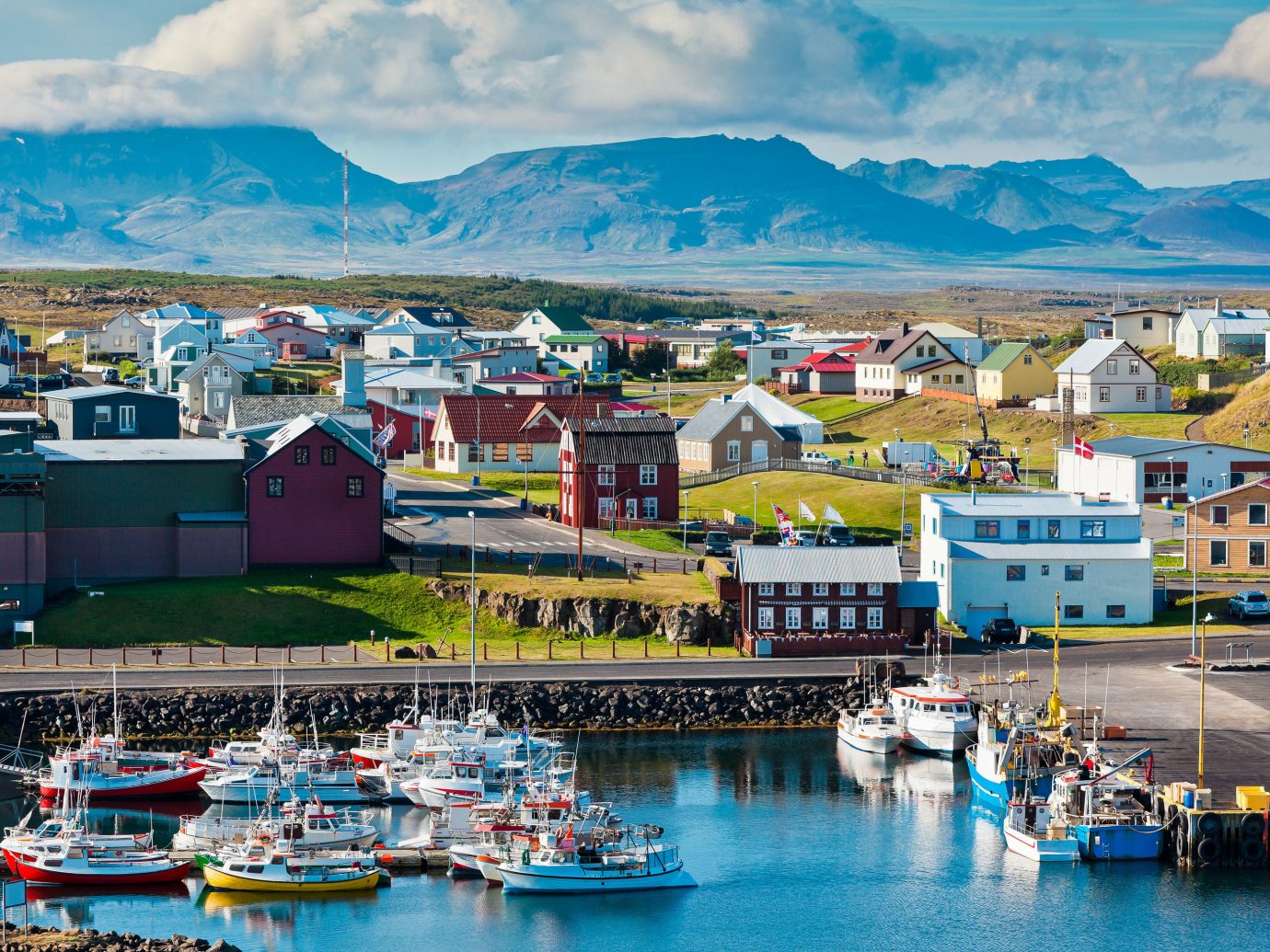
Spring
March is one of the last good windows for catching the Northern Lights, but be warned that the weather—and scenery—is at its most drab from the beginning of month right on through May. The landscape is thawing out from winter, so plant life isn’t at its fullest, and everything is a bit damp. However, areas along the shore bounce back much quicker, so driving the scenic Snæfellsnes or Rykjanes peninsulas near the capital can still be spectacular (and you might even glimpse a handful of puffins as they start to dot the coastlines again come mid-April). Looking to make a pit stop on your ride? Stykkishólmur, on the northern side of Snæfellsnes Peninsula, is a charming, well-preserved village and the gateway to the beautiful islands of Breidafjordur Bay.
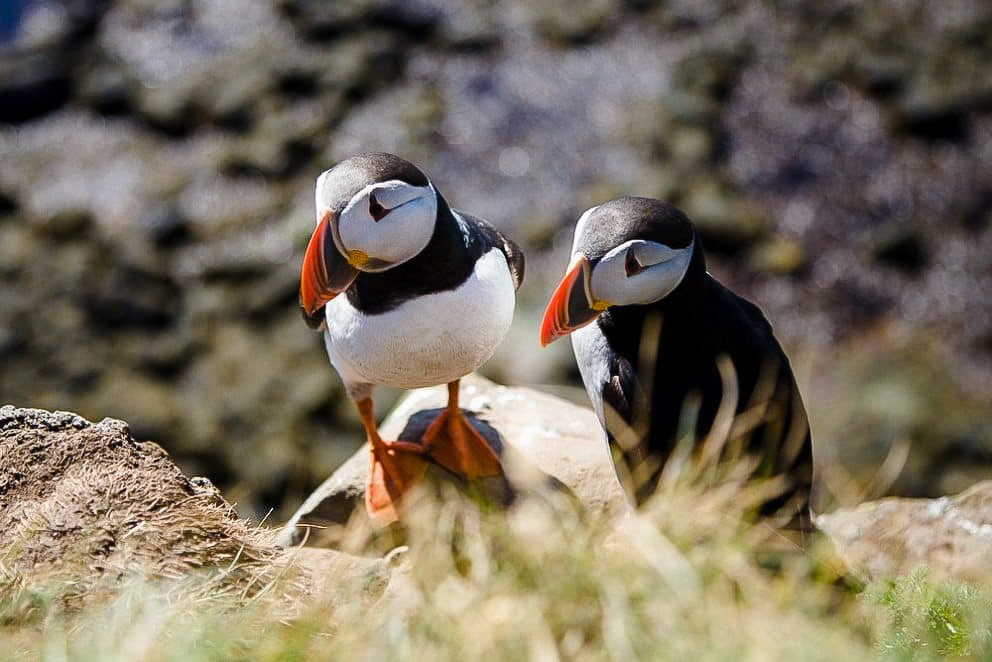
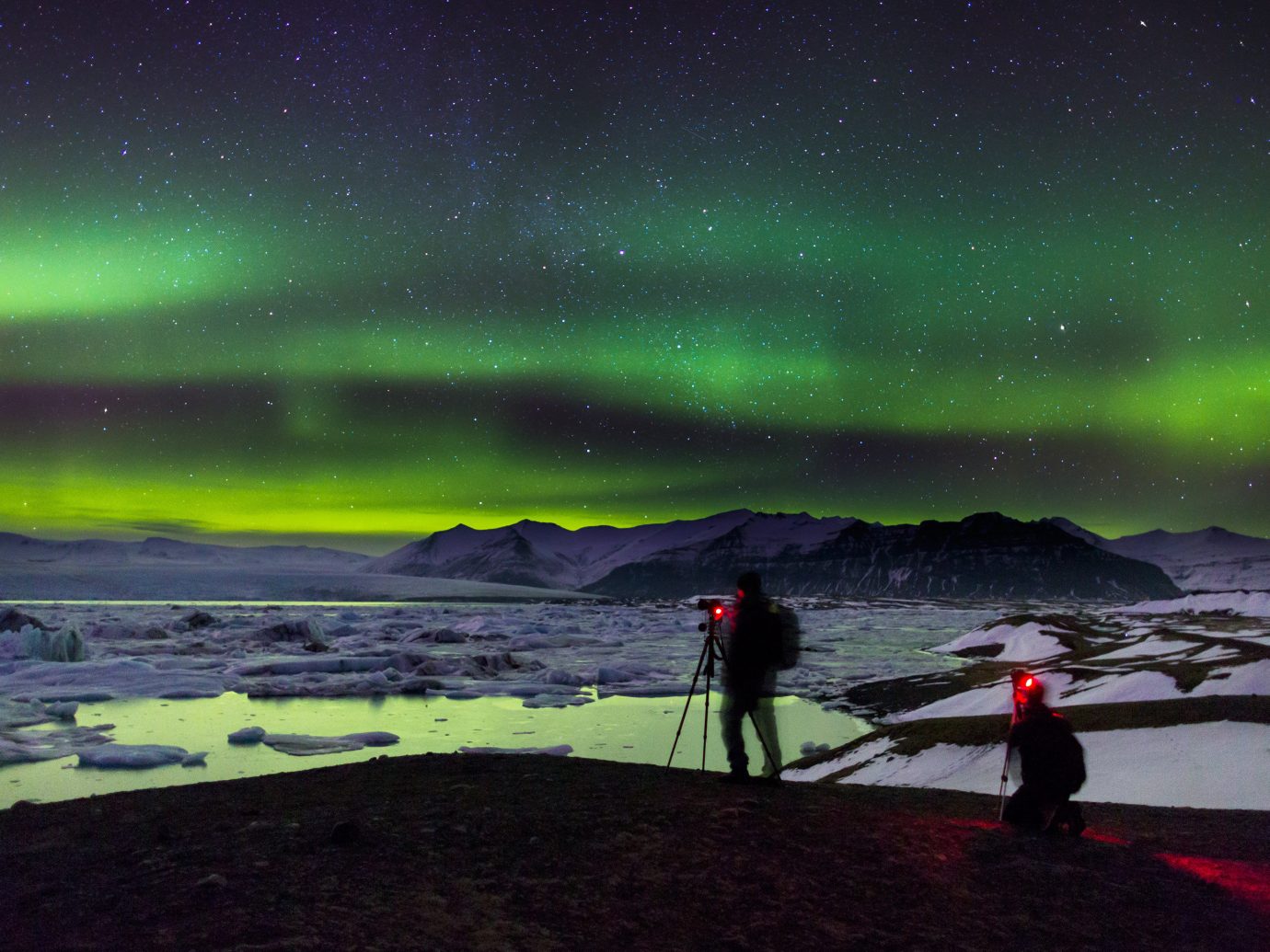
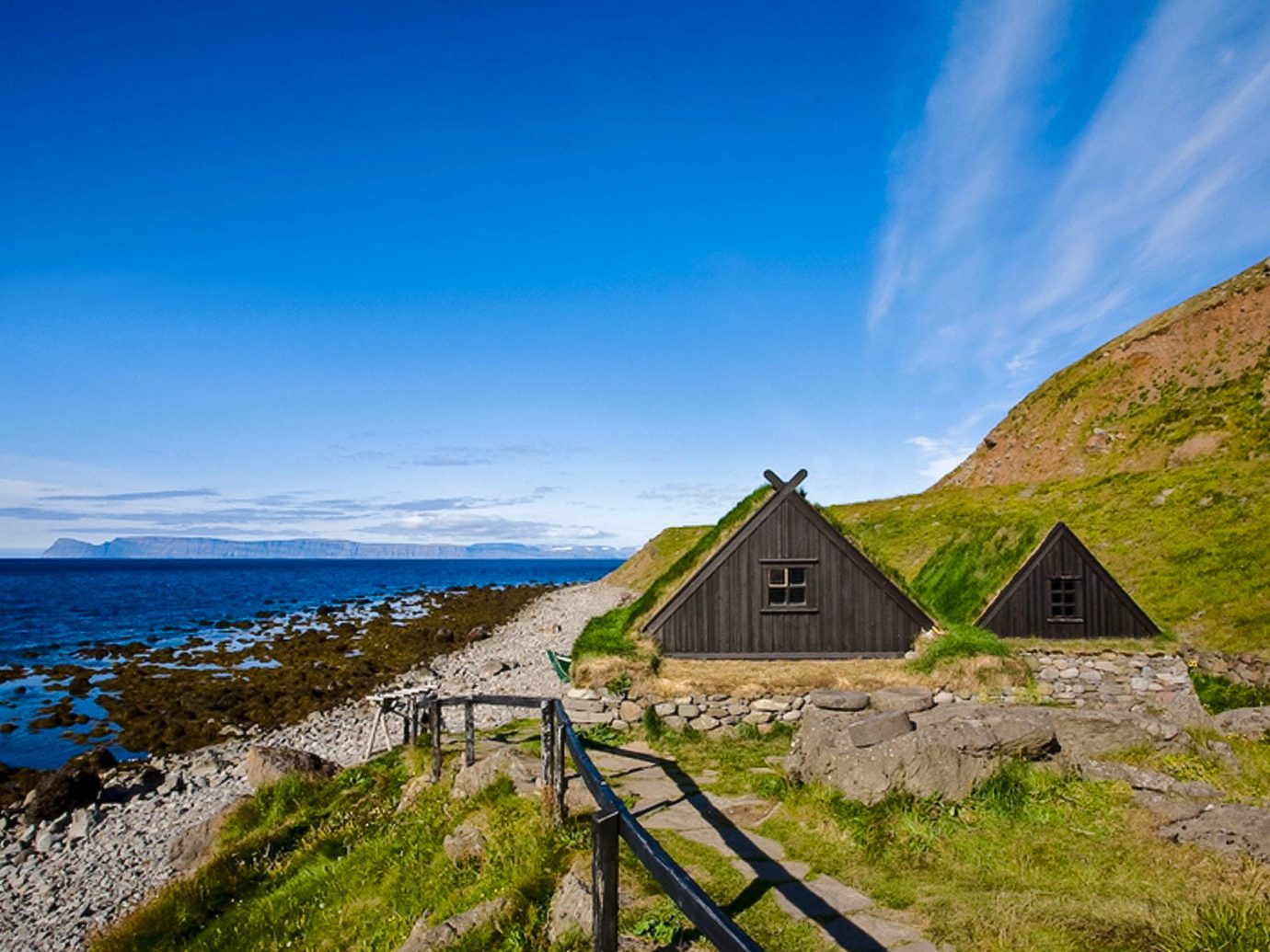
Summer
Hikers, this season is your absolute best window. Warmer temperatures, a relatively rain-free June, plus extended daylight lent by the midnight sun give you plenty of opportunities to explore the country’s rugged terrain. The shoulder month of May also marks a great time to see Iceland’s more than two dozen species of whales (think: minke, fin, humpback, and killer) at their most active. Those who prefer to drive will also find it an ideal time for hitting Ring Road—an 827-mile tract that runs parallel to picturesque glaciers, waterfalls, mountains, fjords, volcanoes, and villages full of Icelandic turf houses. For more unrivaled scenery, it’s also well worth the trek out to lovely locations like Vík— the country’s southernmost village, and the breathtaking, scantly populated Westfjords.
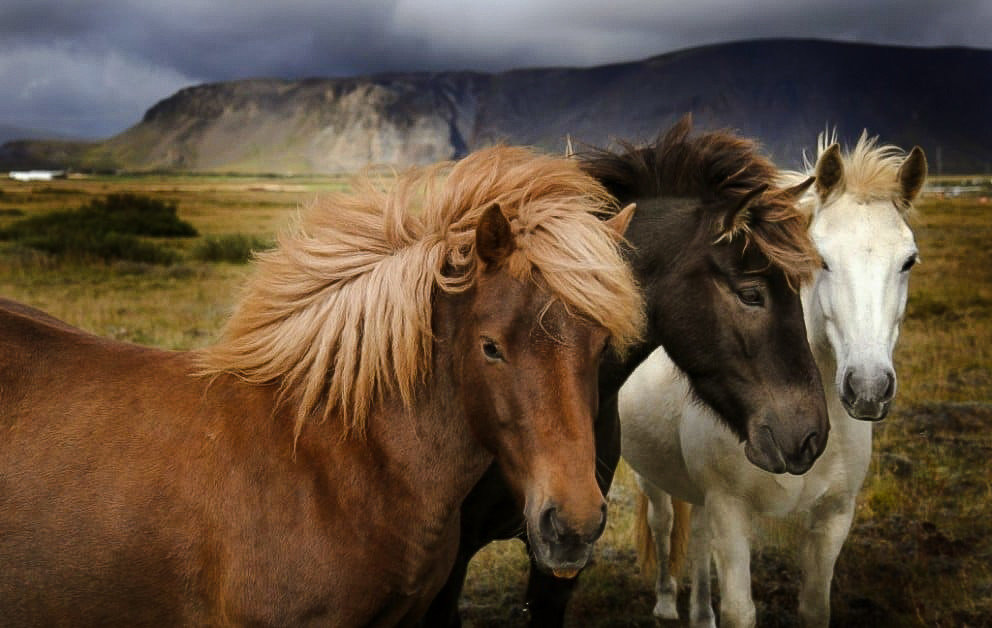
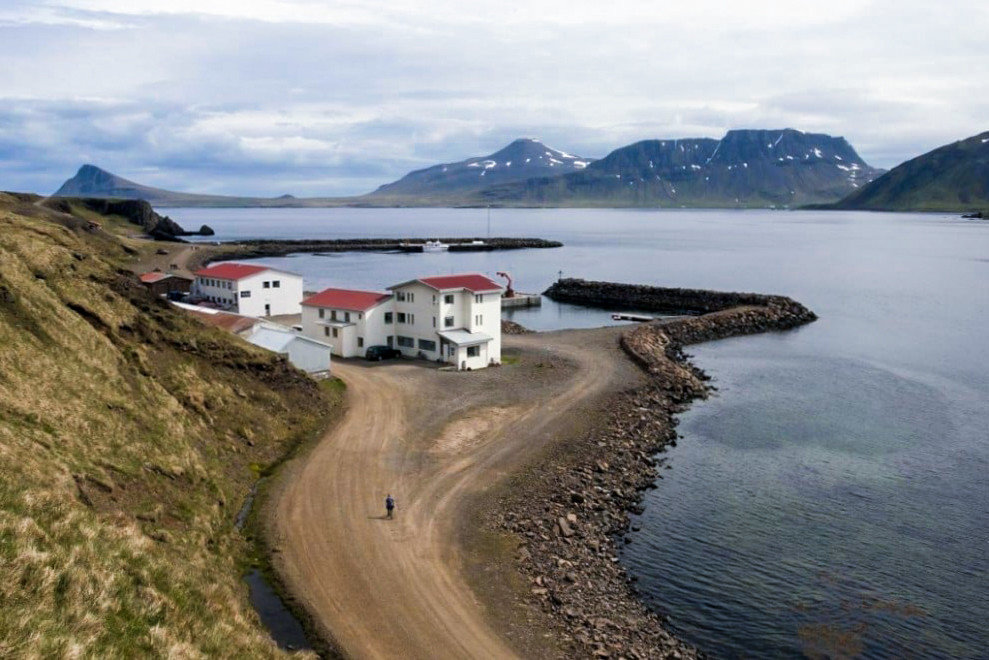
Summer in Iceland also spells out festival season; descend during June, July, or August, and you’ll find the country overflowing with events. June’s Secret Solstice is one of the biggest annual music festivals (this year catch the Foo Fighters, Rick Ross, Big Sean, and more), or if you’re more interested in foodie experiences, catch The Great Fish Day in Dalvík, an annual complimentary seafood buffet where you can chow down on salted cod, fresh herring, and grilled fish burgers. Just keep in mind that summer is the country’s busiest season (meaning exceptionally high prices and thick crowds), s0 those who prefer their nature with a side of solitude might want to look to other times of the year.
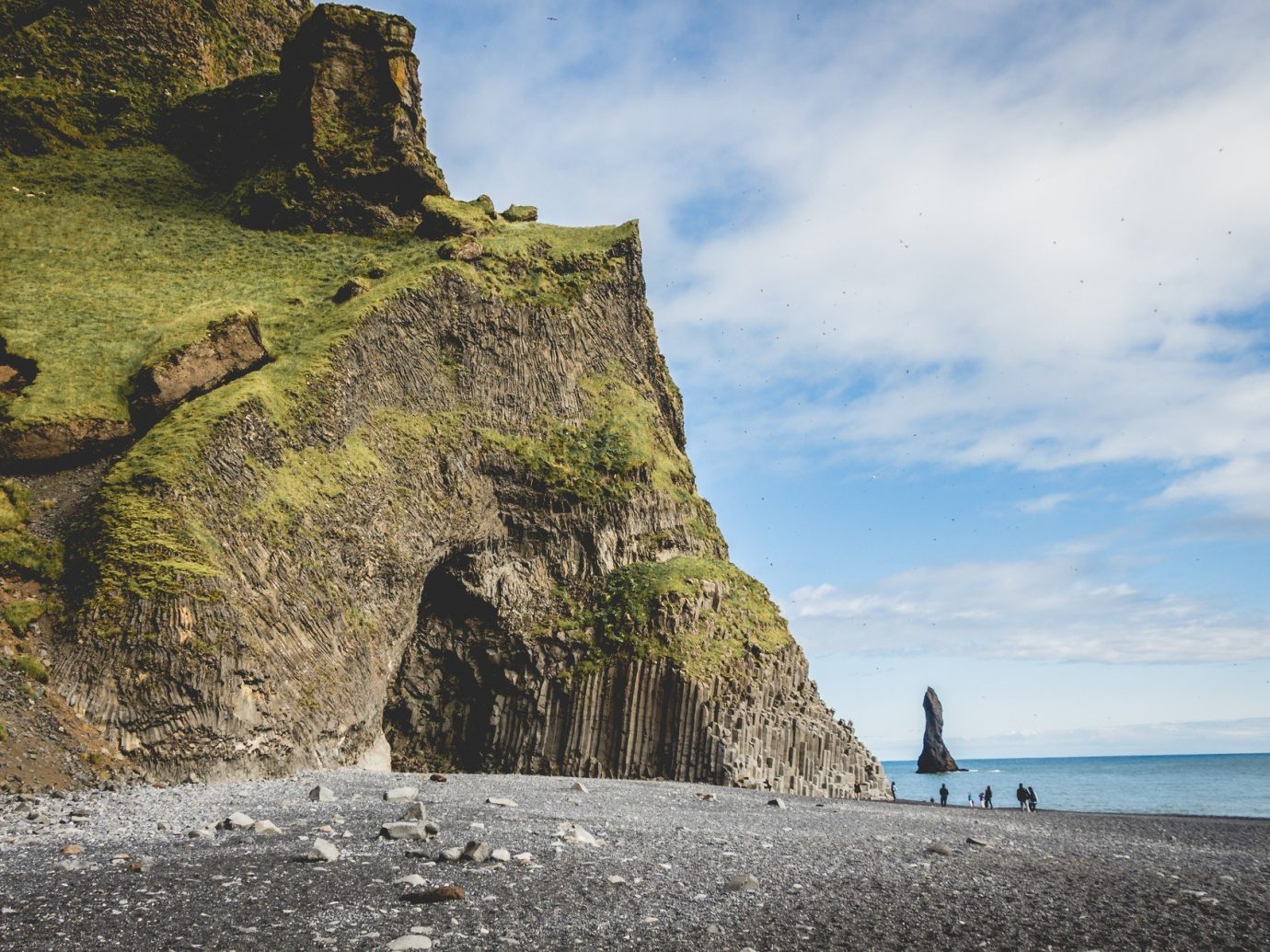
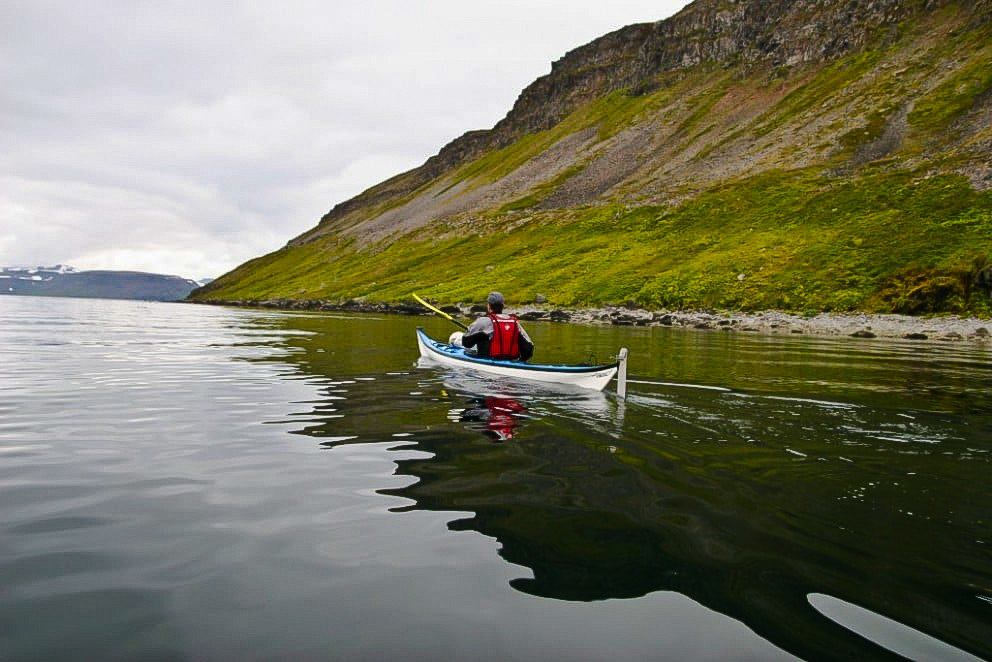
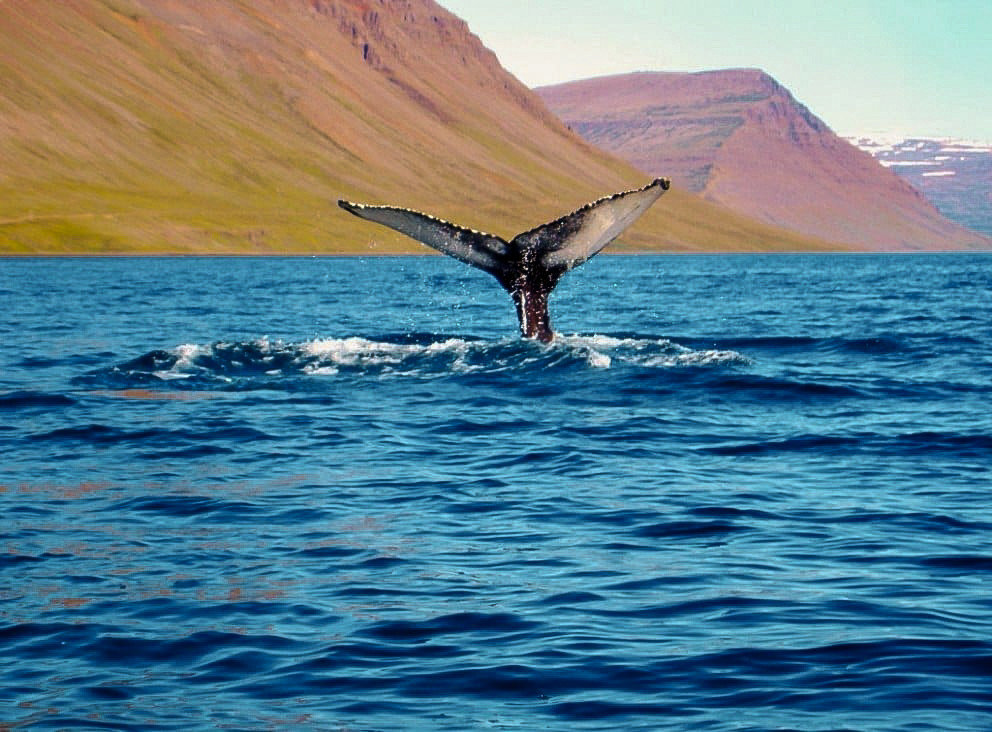
Fall
September and October are prime months for catching sight of the country’s famous Northern Lights, and whale watchers will also be happy to find plenty of maritime sightings sans usual crowds. Those coming equipped with a camera will find it a stunning time for photography as the vivid colors of the changing seasons are in full glory (see: gorgeous Skaftafell, located in Vatnajökull National Park). But aside from ushering in all sorts of breathtaking natural phenomena, autumn also marks a shift in focus from Iceland’s outdoors to its rich cultural scene as people begin to move indoors.
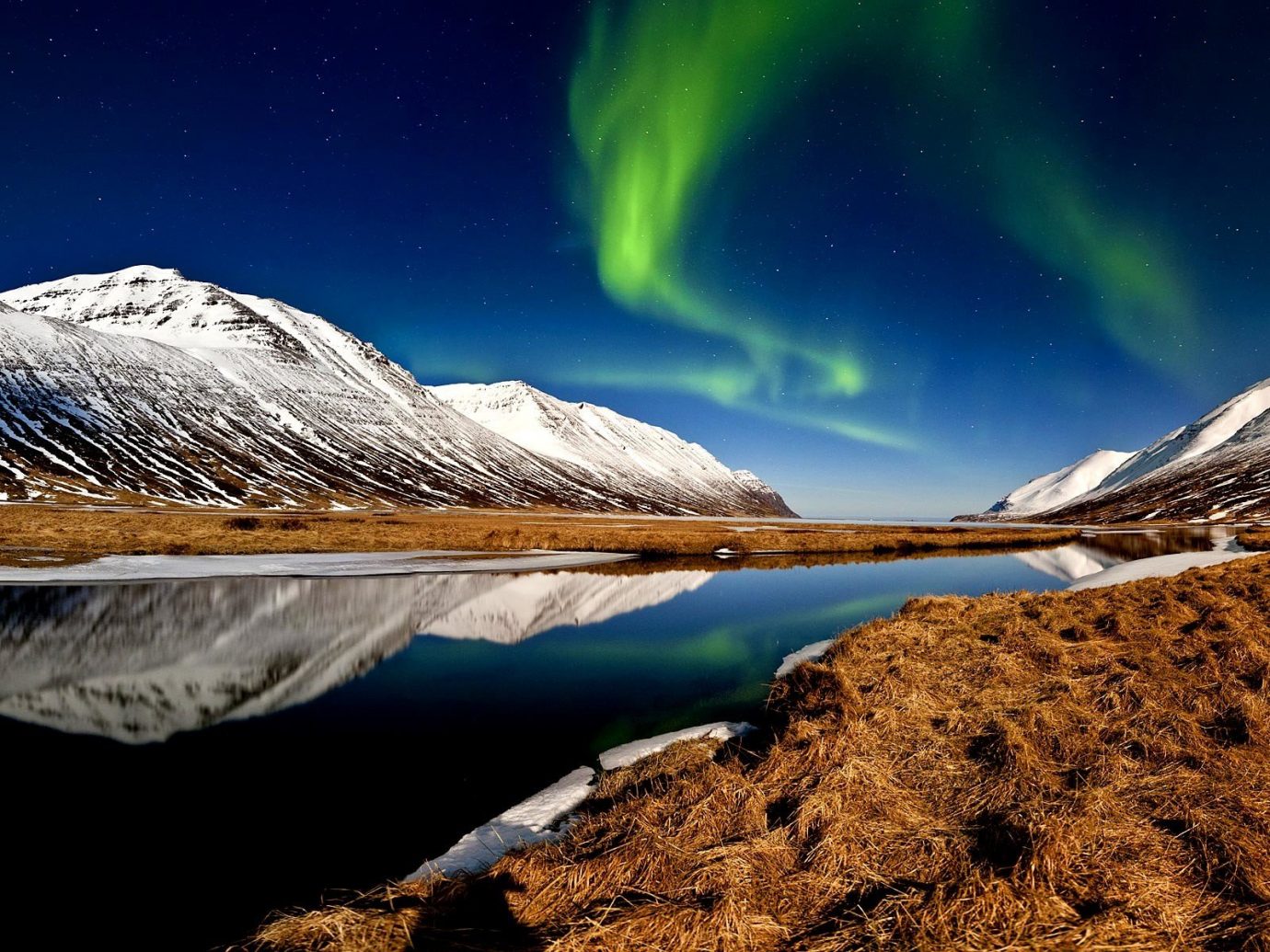
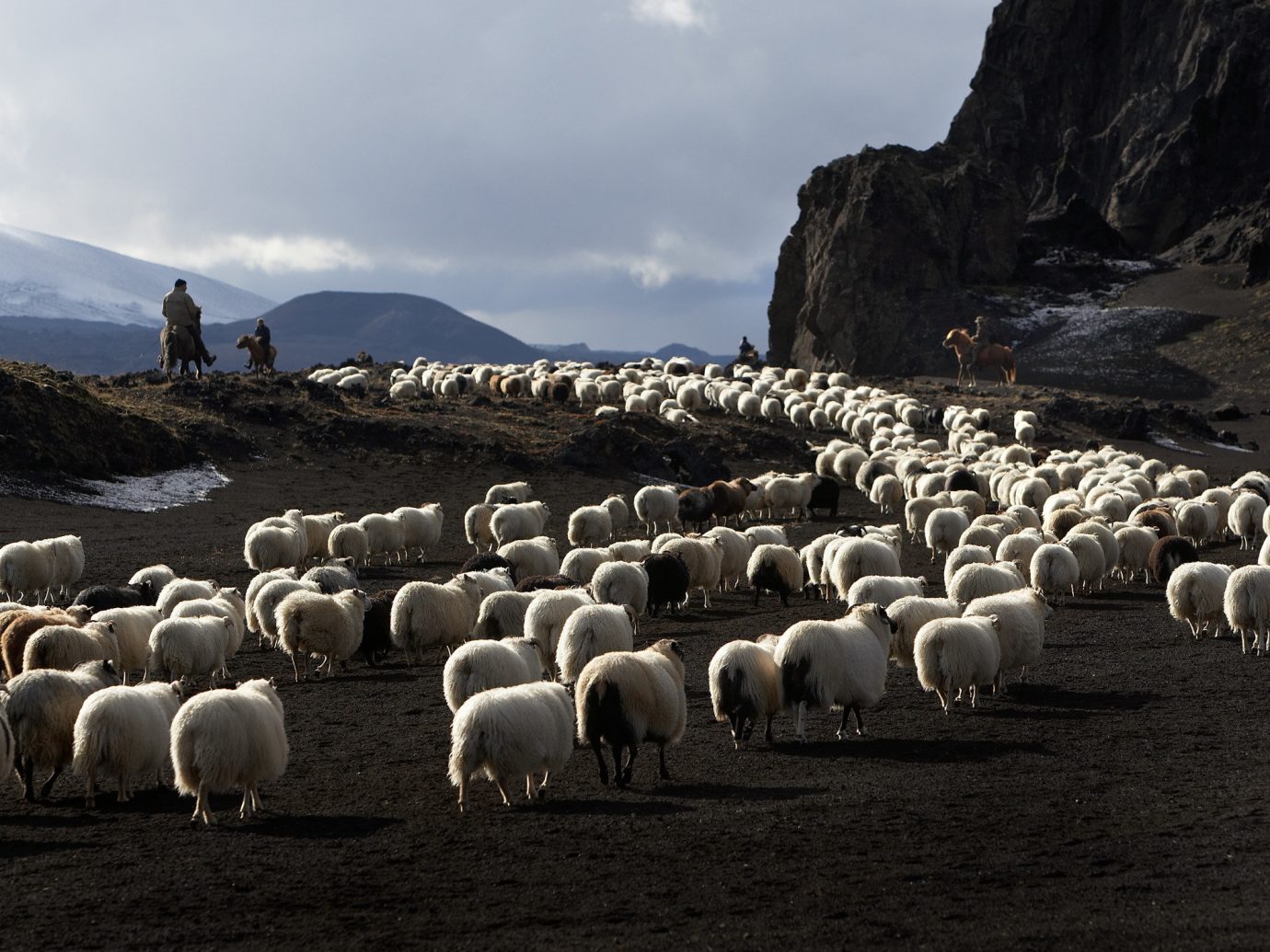
Hotel rates also begin to fall during this time, however—beginning about mid-month—outdoor opportunities start to get a bit more limited as expeditions to the country’s wild Highlands area, and public hiking and swimming sites generally wrap up operations until May. Many restaurants and other tourist services, like bus routes and museums outside Reykjavík, also start to close around this time until the start of the next season. But on the flip side, some cultural venues—like Iceland’s national opera—are only open during the fall and winter. One unusual tradition you can participate in if you choose to visit in fall? Réttir. The event unfolds over two weekends in September, with local farmers enlisting everyone they know (or, in tourists’ cases, even people they don’t know) to help round up their sheep before winter sets in.
RELATED: 8 Budget-Friendly Bucket List Trips Around the World
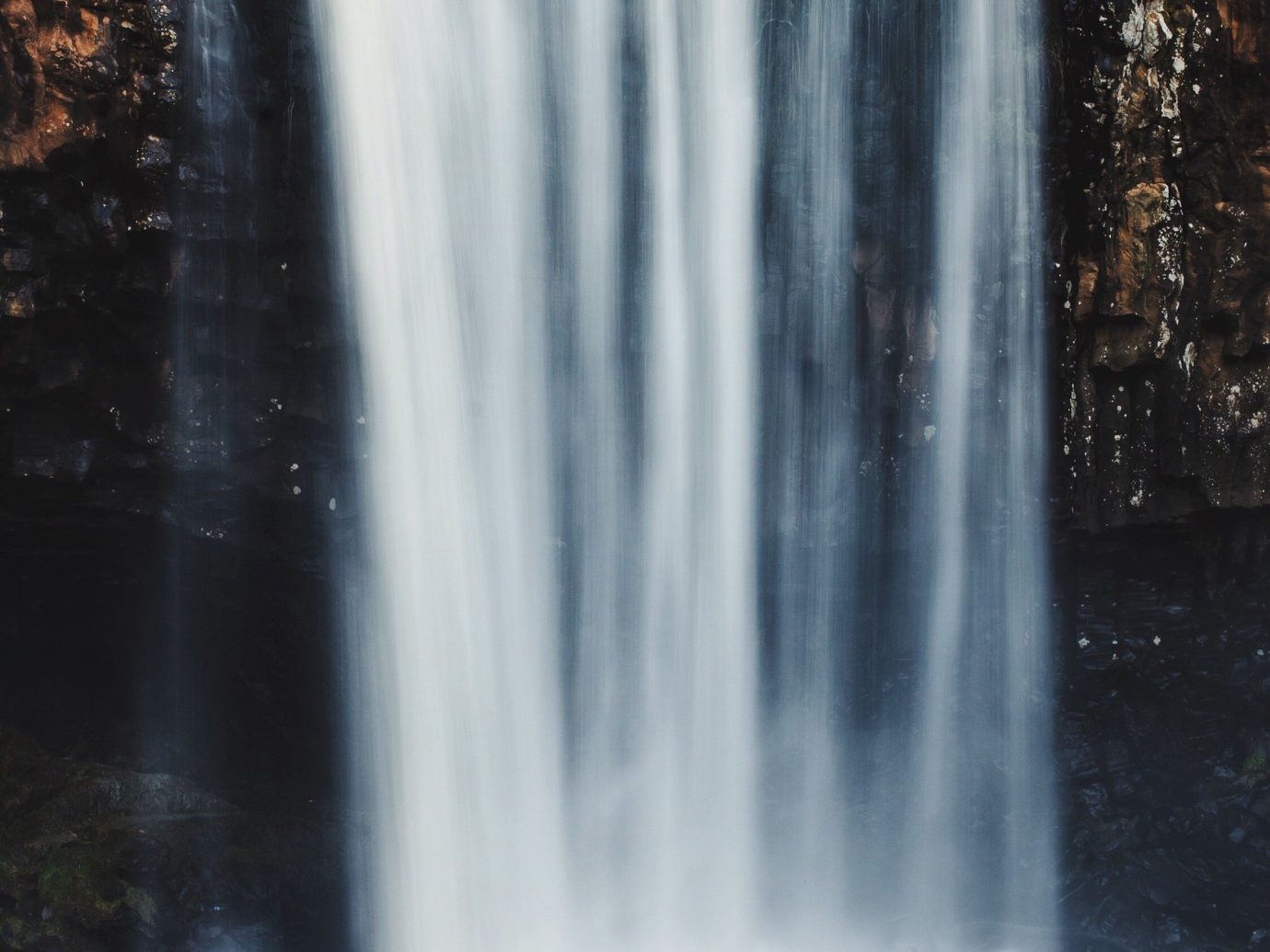
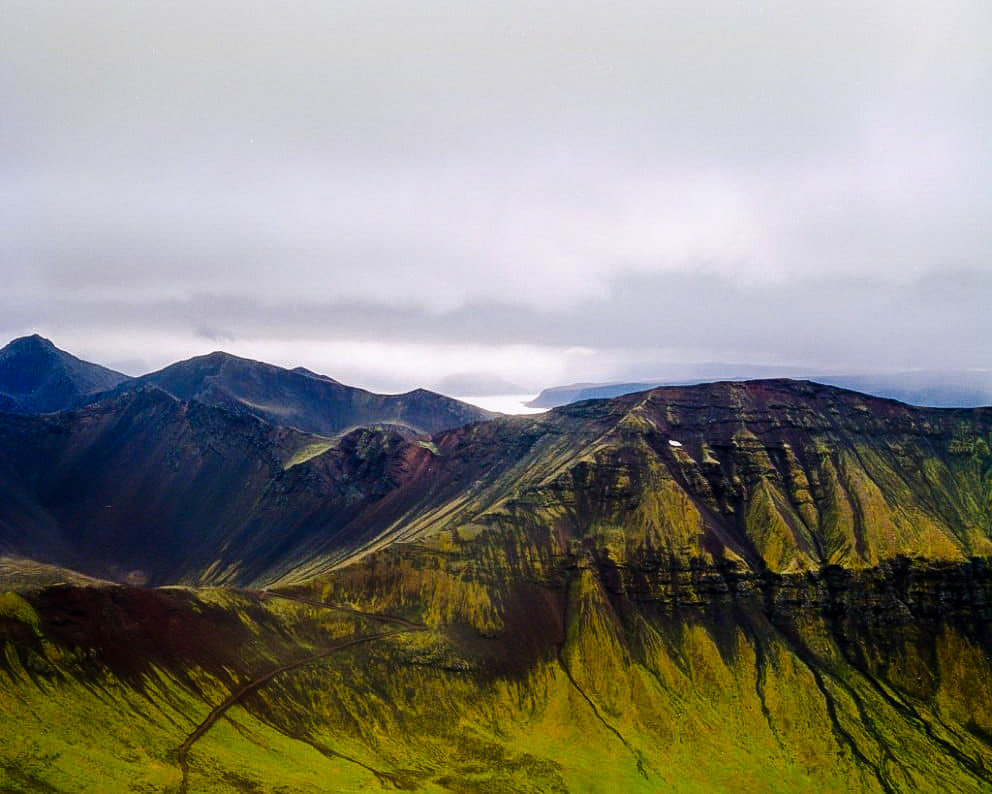

Winter
Somewhat counter-intuitively for a country named Iceland (although, of course, even that’s a well-known misnomer), strong arguments can be made for visiting the country during the coldest months of the year. It’s low season, which means almost everything in the notoriously-pricey country becomes a wee bit cheaper. Yes—it’s cold (though no colder than London or NYC) and yes— days are four to five hours long, but there’s beauty to found here (we promise). This is the time when a barely-hovering sun casts everything in perpetual golden hour light and the whirling snow crafts winter-wonderland landscapes in the country’s tiny villages and wide-open outdoors. Fair warning, though: winter is when Iceland’s weather is at its most unpredictable, so pack smart and come prepared for anything.
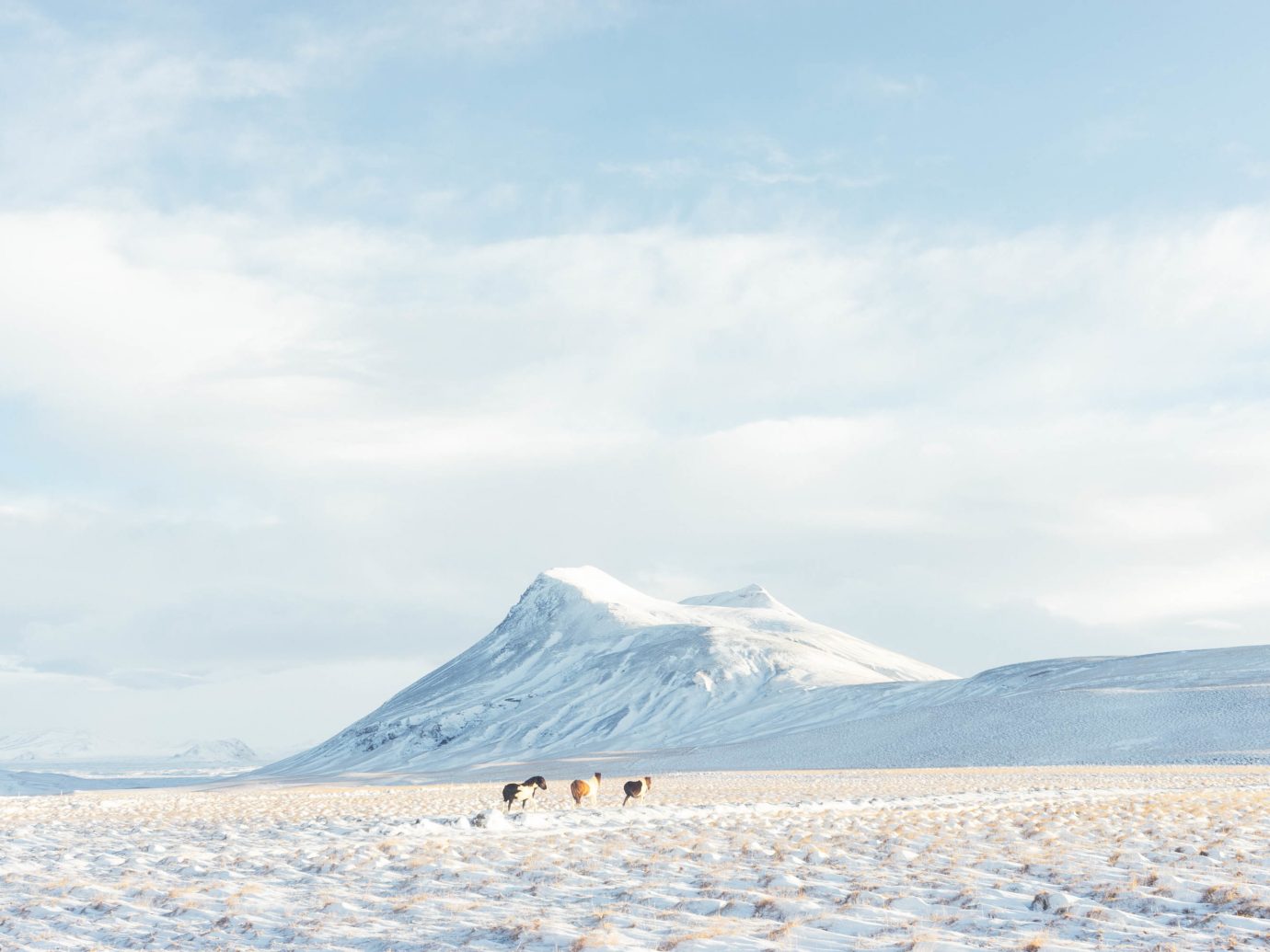
Opting for a trip towards the end of winter—in February —means that you’ll catch some of the first strong Northern Light shows. It also gives you a true thermal bathing experience at springs like the famous Blue Lagoon, as you dash from the relative warmth of your towel across the frozen ground to the water.
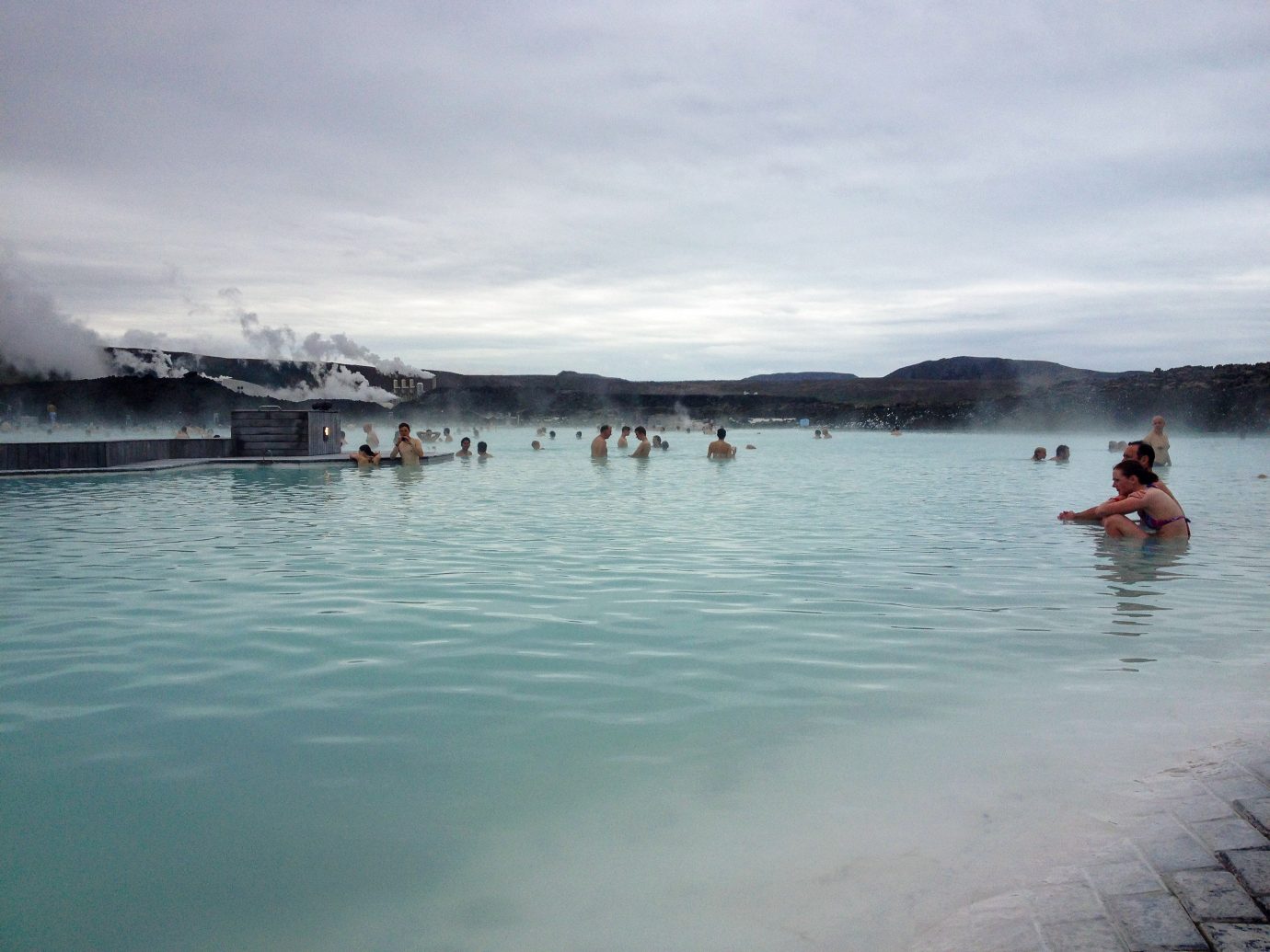
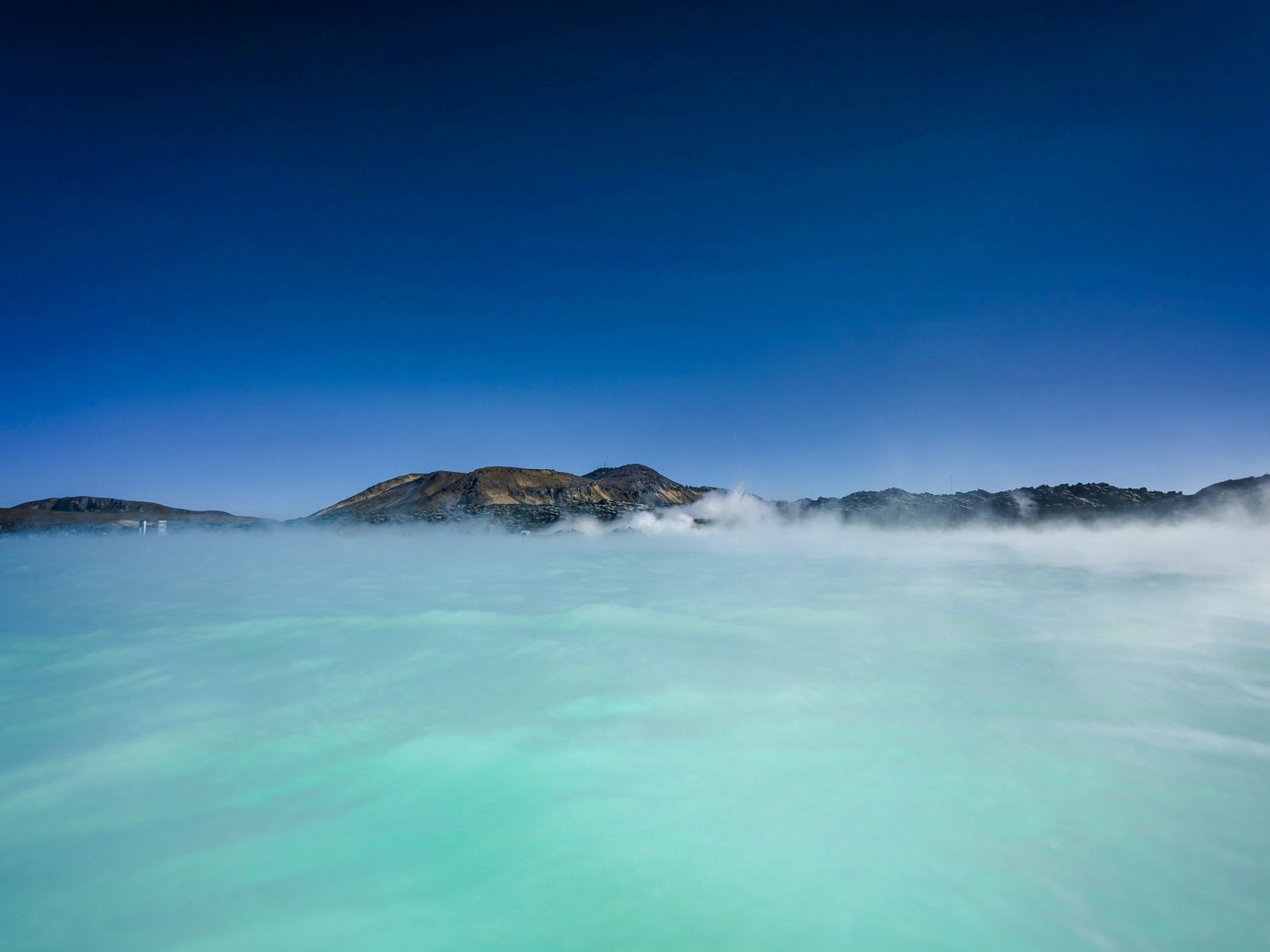
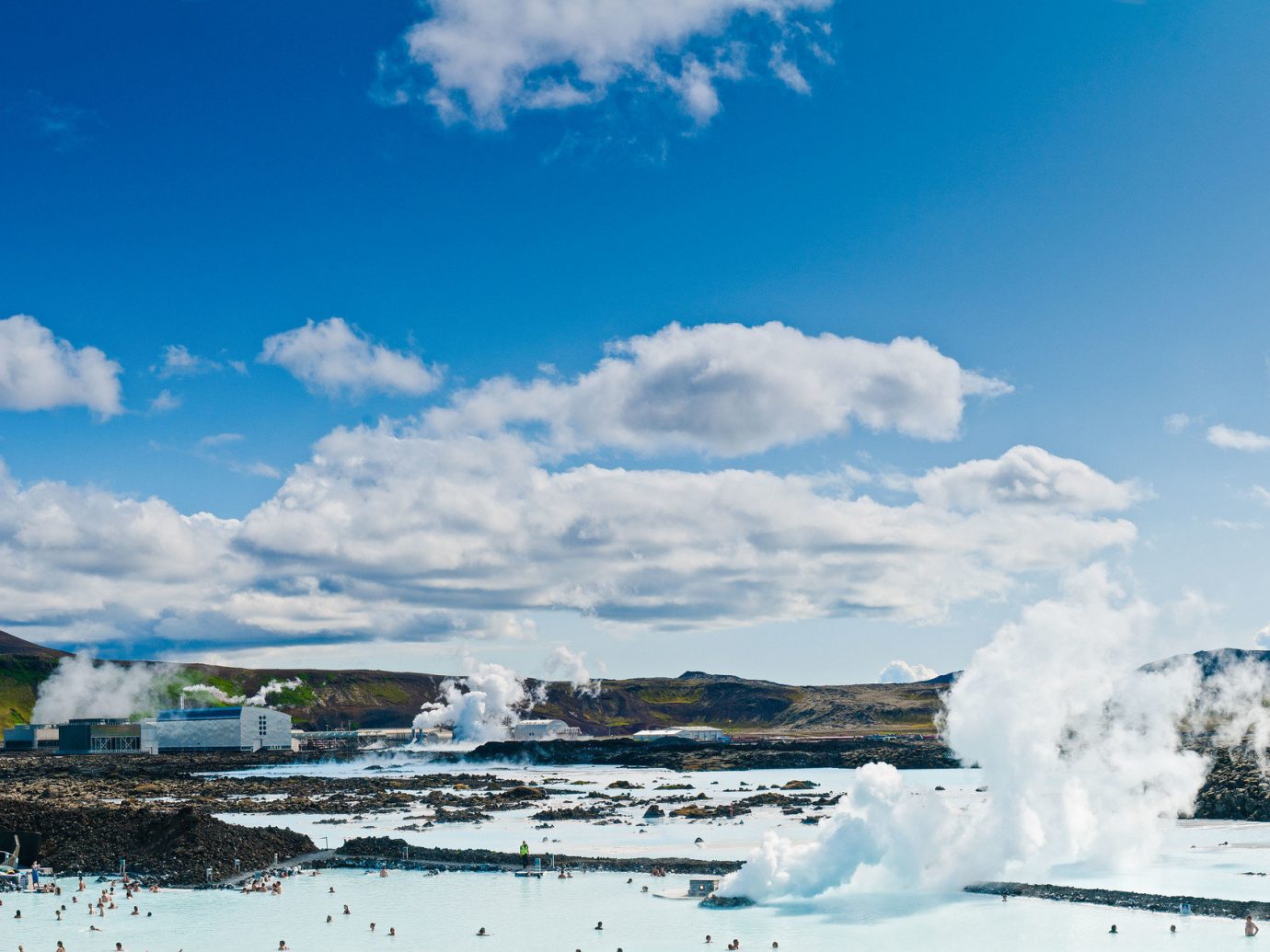
Despite the cold, con’t think you’ll be missing out on too many opportunities: famous diving spots like the Silfra fissure are as open as ever, and visiting geothermal areas and waterfalls can be a real treat. Culturally, there’s still plenty to do in the winter as well; one of the country’s best festivals, Iceland Airwaves, features the best of Icelandic music (Of Monsters and Men and Sigur Rós both count the country as home) and takes place every November. FYI: If you’re lucky enough to be in Iceland over the New Years holiday, Reykjavík’s fireworks show is touted as one of the best on the planet.
RELATED: 10 Honeymoon Destinations to Put on Your Radar
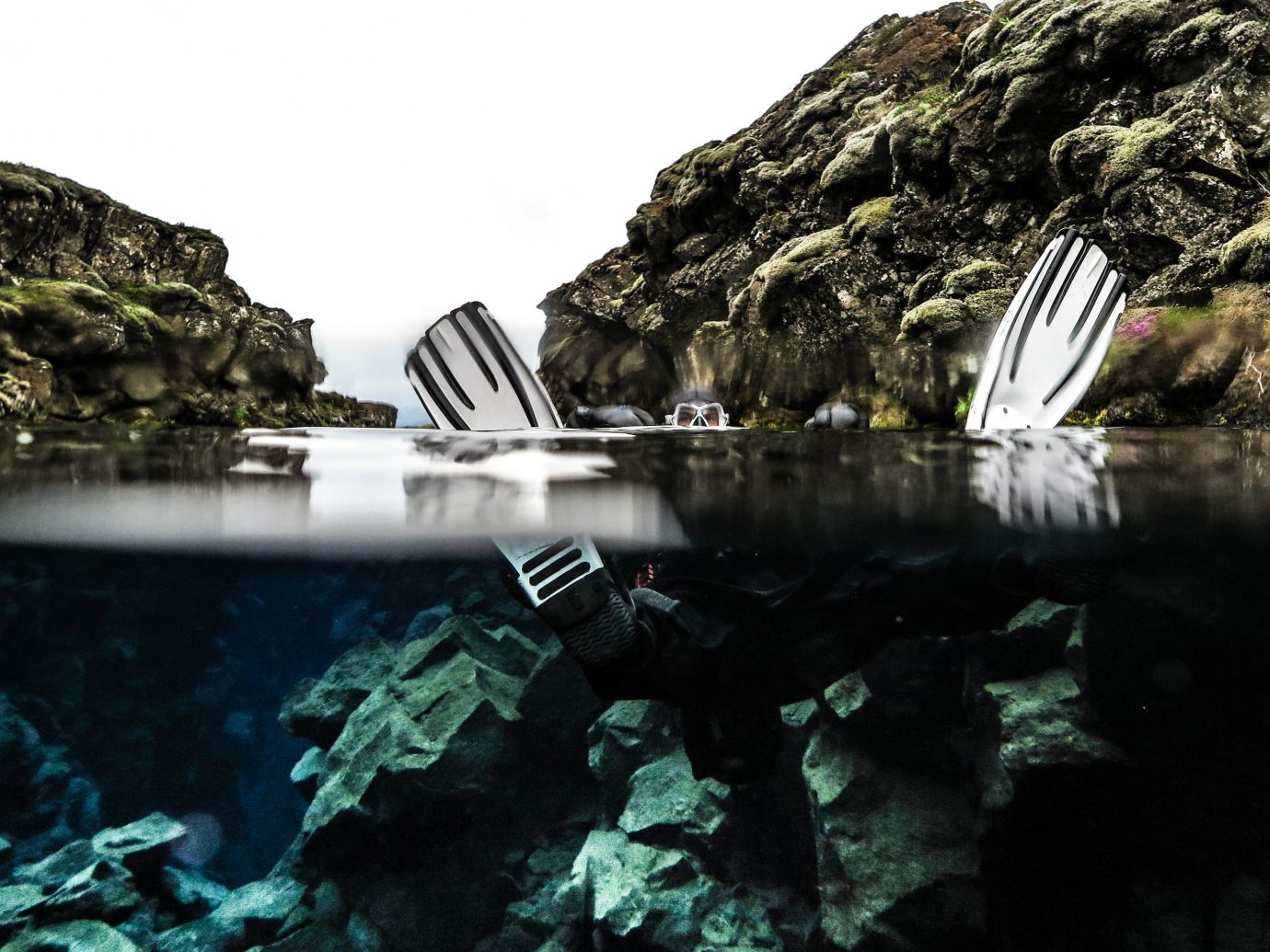
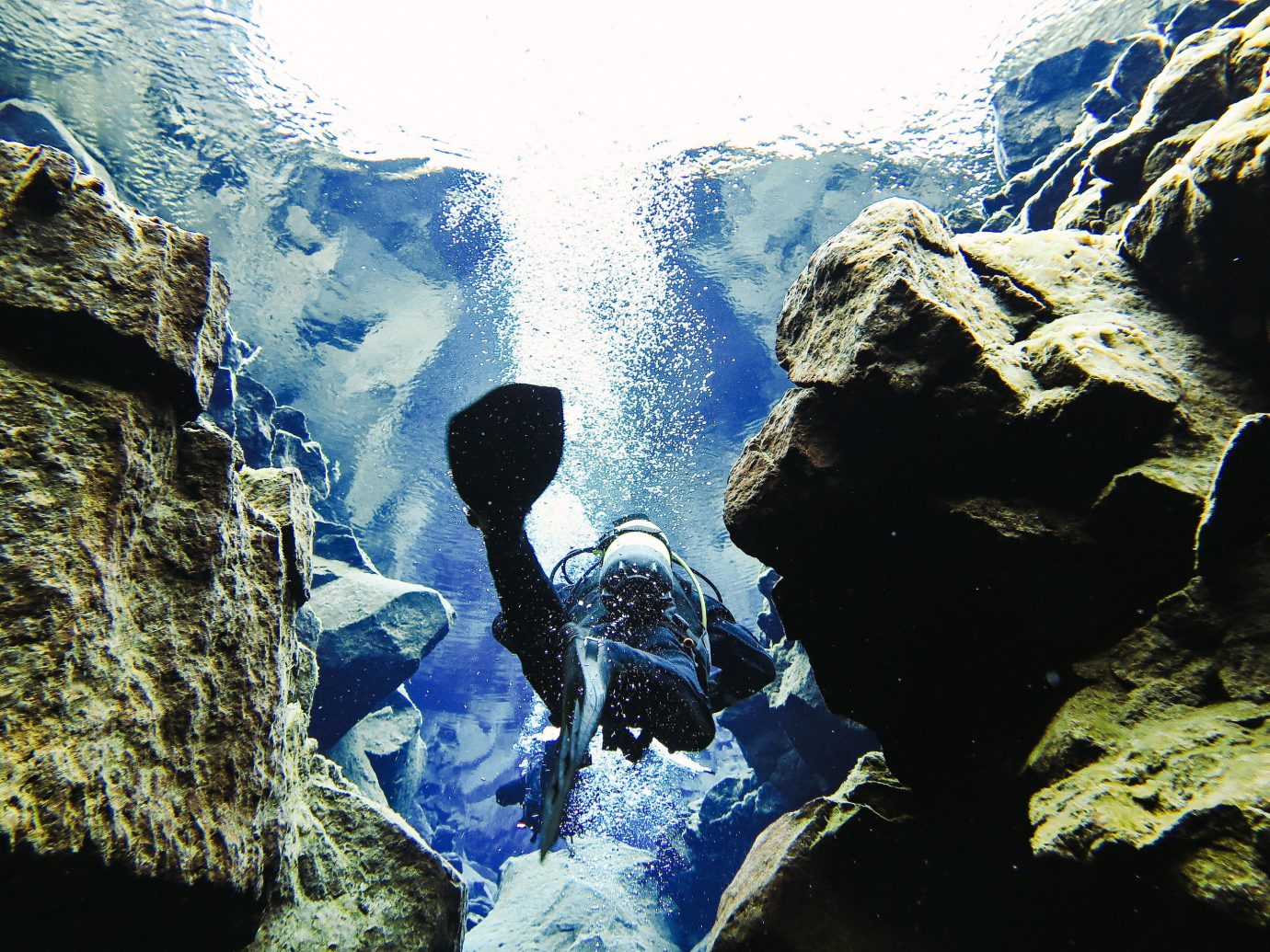
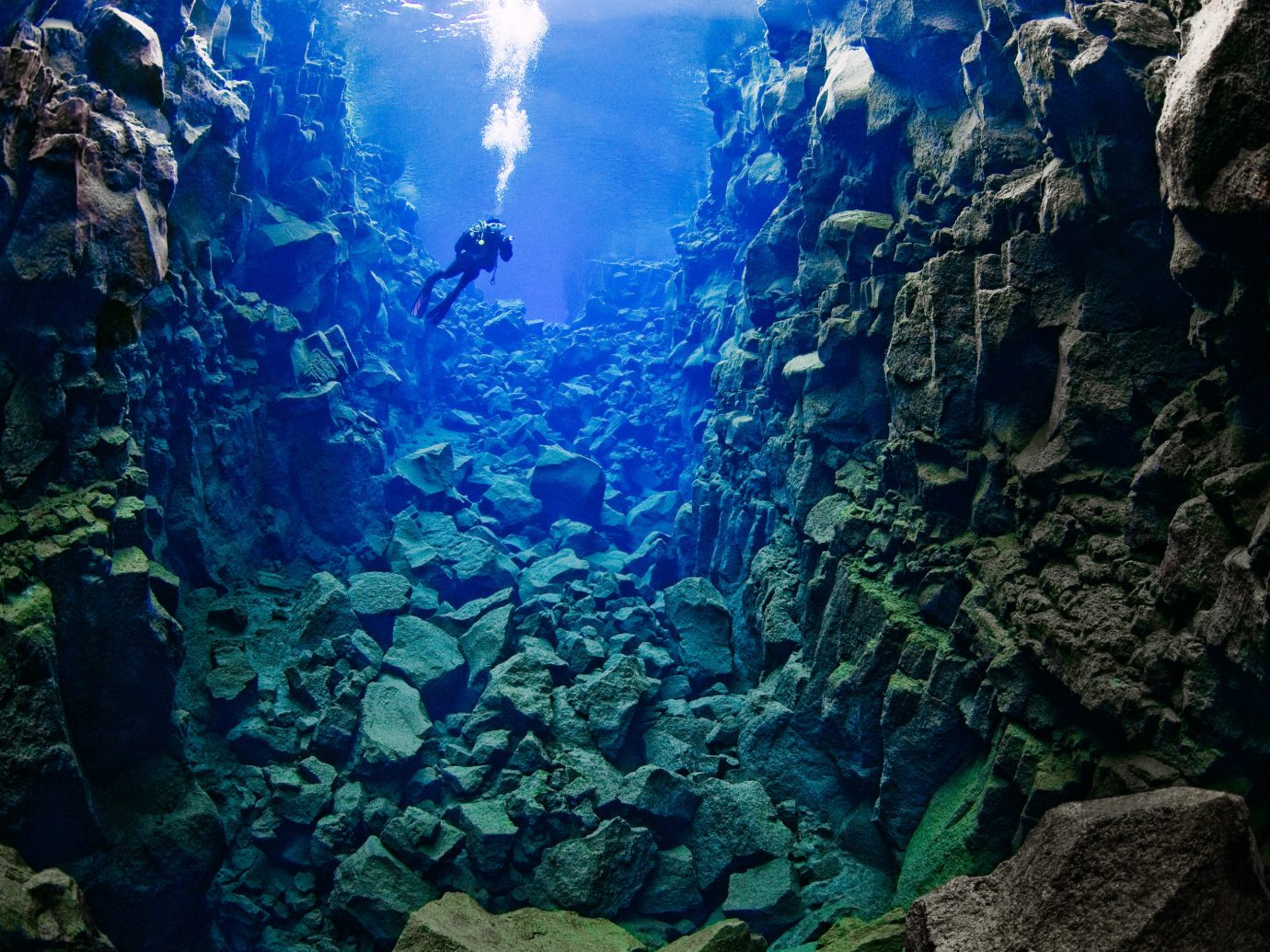
Want more?
- 11 Most Stunning Waterfront Hotels in Europe
- Top Amazon Travel Gear for June
- Don’t Leave Home Without This Travel Hair Dryer
Comments
All products are independently selected by our writers and editors. If you buy something through our links, Jetsetter may earn an affiliate commission.
Become a Jetsetter.
Use our insider connections to know where to go and what to do.
By proceeding, you agree to our Privacy Policy and Terms of Use.
Thanks for Signing Up!

